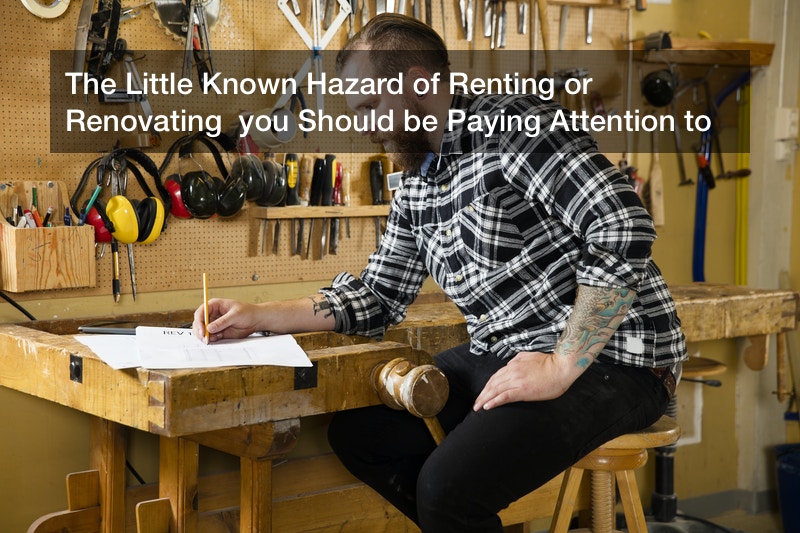I had a friend long ago in my off-campus student housing days who fell victim to a notorious landlord spin. He’d signed the lease on a place the landlord had boasted he had “just finished painting and priming walls” for. On the one visit he’d been on, the land lord had spent a lot of time on the deck, explaining to his prospective tenant the boons of a good wood conditioner and the virtues of investigating the best way to hide water stains. My friend, taken with the deck’s beauty and under the impression that this guy knew what he was talking about, moved in happily…only to break his lease expensively a mere three weeks later due to the debilitating side effects of polyurethane fumes he was experiencing. Turns out, despite being able to rattle off a lot of jargon about construction, the land lord had failed to use a low odor paint that was low in VOCs, or “volatile organic compounds.”
According to a a recent industry report, paint with VOC levels above around 500 ppb can cause real issues for people with sensitivities to chemicals (and high VOC paint is almost never low odor paint). What’s worse, these effects are severely exacerbated when this paint is used indoors, and can exacerbate several health issues, including certain allergic reactions and respiratory infections.
Most of us would choose an abode featuring low-odor paint and allergy-friendly features, so why leave it to chance? Here are a few things you can do to ensure my former college friend’s story doesn’t become yours:
1. Whether you’re renting or renovating, do your research.
Picking out paint isn’t as easy as it sounds. odorless or low odor paint isn’t quite a given yet, and volatile organic compounds go by many a disguised name (kind of like sugar in our food). If you’re painting your own space, don’t limit your thoughts to the cool neutral color palette that’s on trend. Ask about the paint’s features and, to help you remember what to ask, make a list. This goes for renters as well. Don’t take a land lord’s word for a “fresh coat of paint,” and never sign a lease without doing a complete walk-through after final renovations have been made.
2. Understand the sensitivities and risks of you AND your family.
Ok, we admit. It could be, low odor paint doesn’t matter at all to you, and you’re not sensitive, and your family always lives to be 100. And hey, if this describes you, great! But remember, families change. What if a new baby gets added to the mix. Do you have the right paint for the nursery? Or how about a pet? Better to be cautious up front than regretful later.
3. Pay the extra dollar.
Usually when it comes to paint, you get what you pay for. So if you find out the low odor, non-VOC paint is a little more expensive, shell out the dough. What you’re paying now, you could potentially be saving in medical bills (or lease termination fees) down the road, and that’s not an exaggeration!
